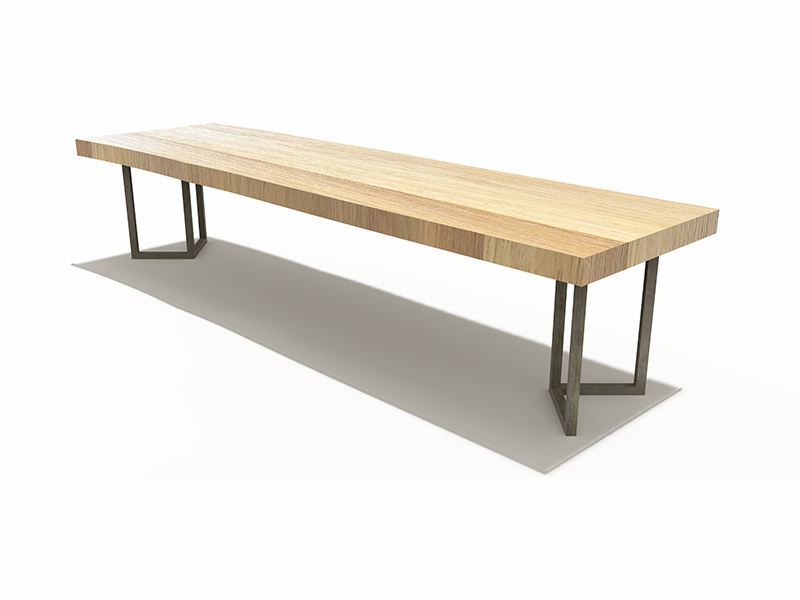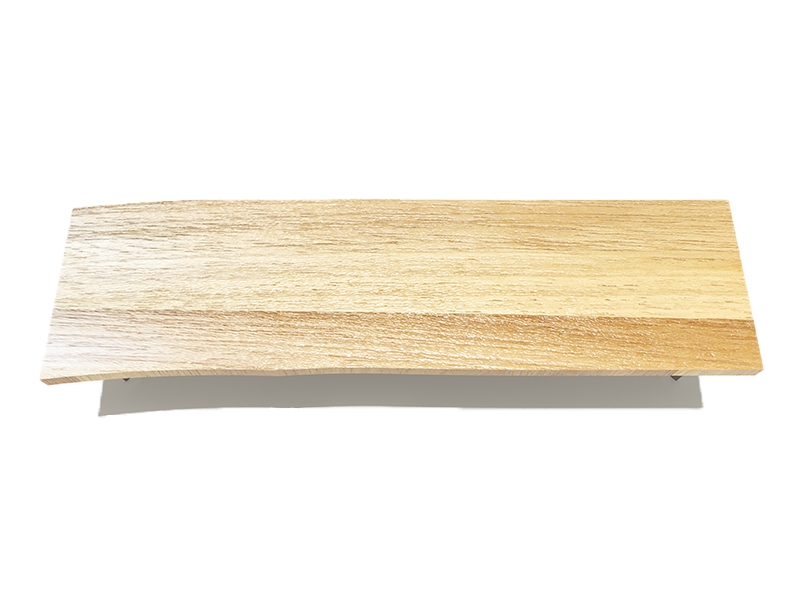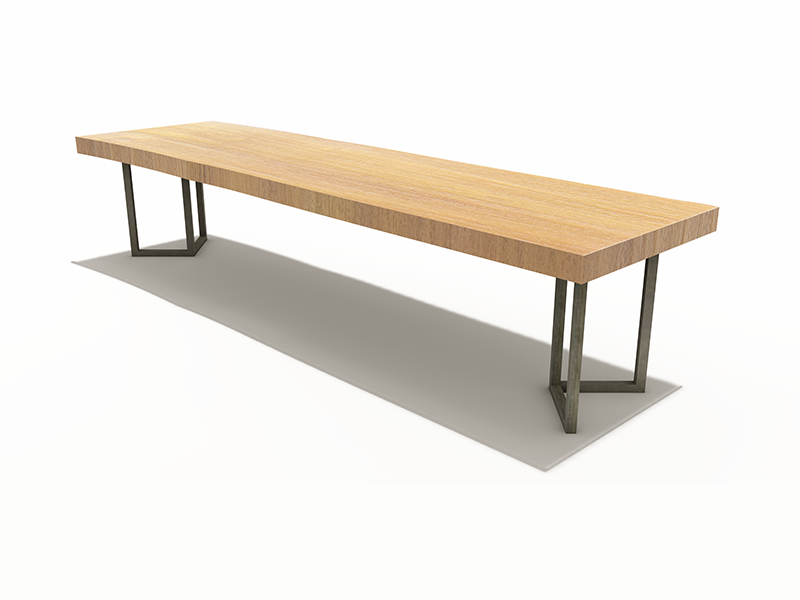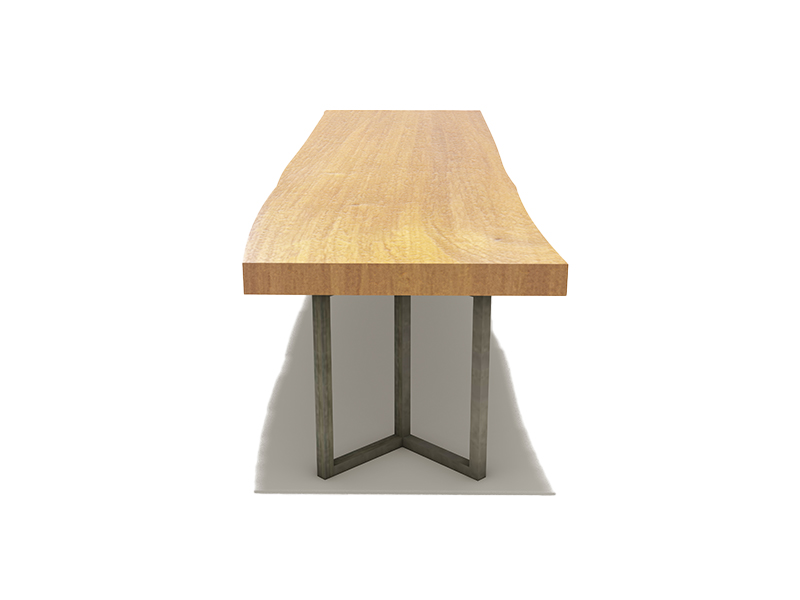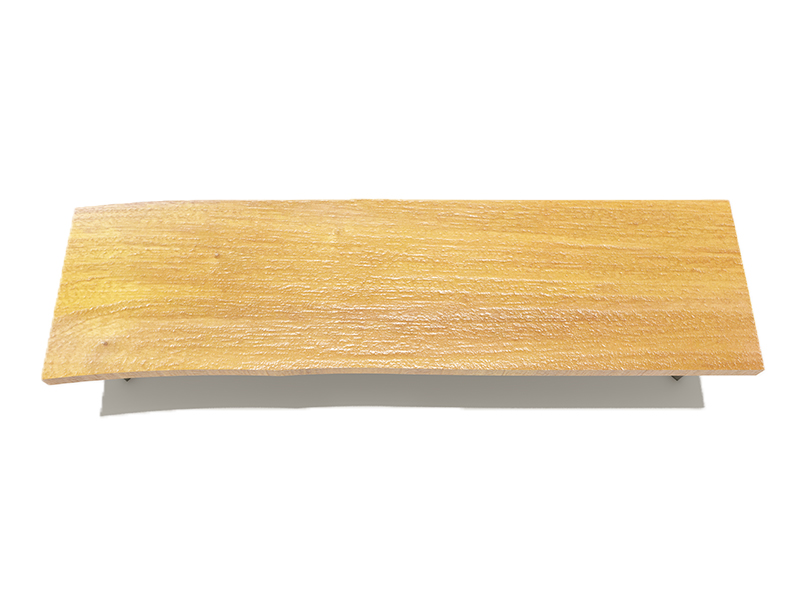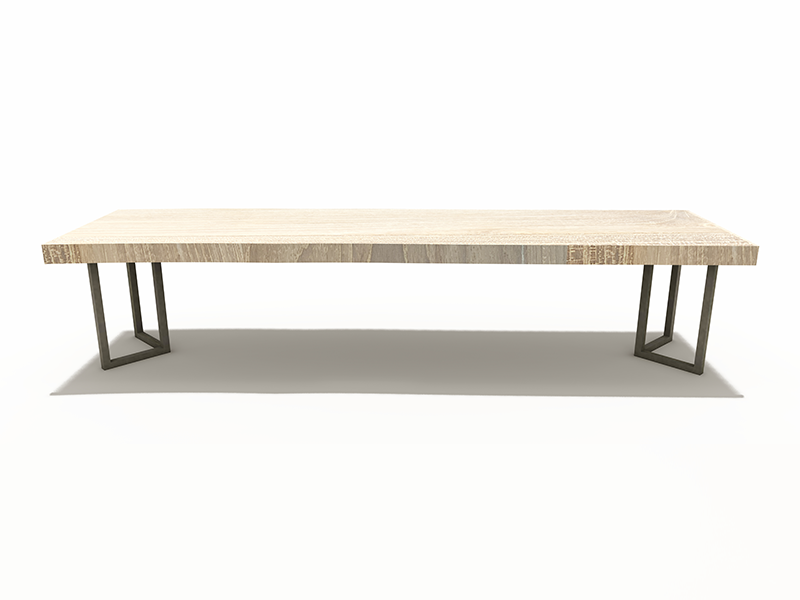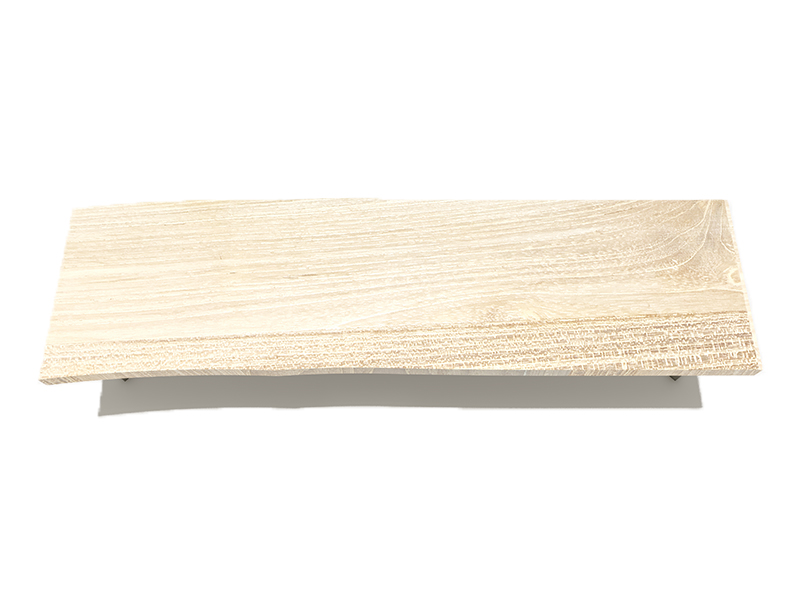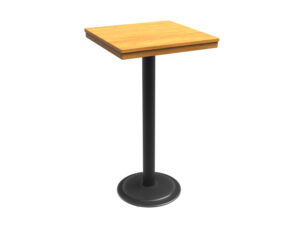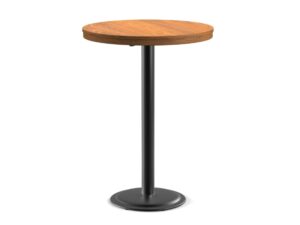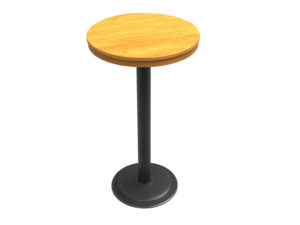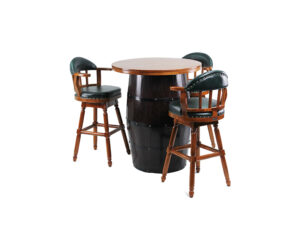Description
As the indoor-dining-table transforms into a hub of connection, it fosters conversations and creates cherished memories. The indoor dining table is a focal point of the interior space, seamlessly blending functionality with aesthetic appeal. It serves as a gathering place for family and friends providing a comfortable setting for shared meals and cherished memories. The meticulously crafted dining table exudes sophistication, ideal for large gatherings, and comes with a variety of bases.
The indoor dining table’s flawless tabletop offers a smooth and durable surface for dining experiences. With glass, marble, or wood options, the tabletop sets the tone, creating an ambiance that envelops the dining area. The indoor dining table carefully chooses its size and shape to accommodate varying needs from cherished dinners for larger gatherings. We source the indoor-dining-table from rain tree timber.
Moreover, in addition to its unique character and charm, the material of the tabletop not only adds visual appeal but also serves to enhance the overall aesthetics of indoor dining table. Furthermore, the tabletop material brings an element of elegance and sophistication to the table, making it visually captivating. Additionally, the carefully chosen material seamlessly blends with the surrounding decor, creating a harmonious and cohesive look. Moreover, the tabletop material acts as a focal point instantly drawing the eye and becoming the centerpiece of the dining area. Furthermore, the material’s texture and finish play a crucial role in creating a tactile and visually pleasing experience. Considering these factors, an inviting atmosphere is achieved, making the indoor dining table an irresistible spot for gathering and dining. With its exquisite qualities, the tabletop material becomes a defining feature that elevates the table’s appearance.
Furthermore, the careful selection of the tabletop material ensures a cohesive design that complements the surrounding decor. Additionally, the choice of tabletop material plays a significant role in setting the tone and style of the entire dining area. Moreover, the carefully selected material creates a seamless integration with the surrounding decor, resulting in a cohesive and visually pleasing atmosphere. Moreover, the tabletop material acts as a focal point, drawing attention to the table and making it a centerpiece in the room. Considering the material’s texture and finish, an inviting ambiance is achieved, making the indoor dining table perfect for shared meals and conversations. It sets the tone and style of the dining area, creating a cohesive and visually pleasing atmosphere. The selected material integrates with decor, acting as a focal point and drawing attention to the table.
Its unique texture and finish contribute to a harmonious and inviting ambiance, making the dining table a centerpiece for shared meals and enjoyable conversations. The tabletop material’s exquisite qualities elevate the table’s appearance, ensuring a cohesive design that complements the decor.
Additionally, the material’s texture, and finish harmonize with the other elements in the dining area creating a cohesive and visually pleasing atmosphere. As a result, the indoor dining table becomes a true focal point, capturing the attention and admiration of those who enter the space. Solid wood, in particular, plays a pivotal role in creating a warm and inviting atmosphere. Furthermore, the tabletop’s ability to showcase unique grains and textures adds an additional layer of visual appeal, contributing to a truly captivating ambiance. The indoor dining table becomes the undeniable center of attraction in any dining area, standing out prominently. It becomes a constant topic of conversation and admiration among guests and visitors alike. The color palette varies from neutrals to bold hues, enabling the table to harmonize or make a striking statement.
The designers of the indoor dining table prioritize practicality, going beyond its visual appeal. It offers ample seating space, allowing individuals to gather comfortably and enjoy their meals without feeling cramped.
The indoor dining table serves as a versatile centerpiece, capable of transforming the dining area into a multi functional space. Decorative accents like runners, candles, and flowers personalize the table, creating an inviting atmosphere with a personal touch. As the dining table transforms into a hub of connection, it fosters conversations and creates cherished memories.
Investing in an indoor dining table is an investment in quality, style, and the art of hospitality. It becomes a cherished piece of furniture that withstands the test of time, witnessing countless gatherings and celebrations. Our indoor dining table fosters connections, gathering families and creating lasting bonds through casual meals and formal occasions.
indoor dining table is an essential element, combining craftsmanship, materials, and design for a functional, visually striking experience. The indoor dining table becomes the heart of the home,embodying warmth, elegance,and the joy of shared meals.
